Villa de Leyva
This colonial town in Colombia sits around the largest stone paved square in South America.
Architecturally speaking, the historic center of Villa de Leyva has been largely frozen in time since its foundation in the 16th century. At the heart of this Colombian colonial gem lies a vast square paved with river stones, the largest plaza in Colombia and one of the largest in South America.
Villa de Santa María de Leyva was founded on June 12, 1572, by Hernán Suárez de Villalobos, under the orders of Andrés Díaz Venero de Leiva, the first president of the New Kingdom of Granada (after whom the town is named). Built in the classic Spanish colonial style with whitewashed houses, cobbled streets and terracotta roofs, the town of some 17,000 people has been remarkably well-preserved.
At the heart of Villa de Leyva lies an unusually large square–the largest in Colombia and one of the largest in South America–which on a quiet day seems excessively expansive. Apart from a small central fountain, the 150,695-square-foot (14,000-square-meter) plaza is a sea of cobbles surrounded by a sliver of low-lying whitewashed colonial buildings. In colonial times up until the mid-20th century neither the plaza nor the streets of the town were paved with river stones. The stones were added to keep dust storms at bay.
The existence of this vast plaza in such a small town is due to two things: Villa de Leyva’s original function and, to a lesser extent, bored soldiers. The town was originally built to serve as a storage site for the region’s agricultural produce, so a large main square was required for all the incoming goods. The square itself was built by soldiers who had come to conquer the New World (and in this case the local indigenous Muisca), and who now found themselves with time on their hands. So when it came to building the square, it was a case of going big or going home.
Around the main square and the old cobbled streets surrounding it are many more notable colonial buildings, including the Iglesia Catedral, Iglesia del Carmen, Museo Antonio Nariño, the San Francisco Convent, and the Casa del Congreso. There’s also La Mesopotamia, an old flour mill built four years before the foundation of Villa de Leyva and now converted into a hotel.
Know Before You Go
Villa de Leyva is about 75 miles northeast of Bogotá, or about four hours by bus. Tourism has boomed in the town in recent years, and some would argue that the town has lost some of its authenticity, despite the strict preservation of the buildings. If you want to avoid the crowds, who can certainly lessen the old colonial charm, avoid the weekends. If you like dinosaur fossils, you'll like Villa de Leyva, as many have been found in the surrounding area, the best of which are housed in the local museum.


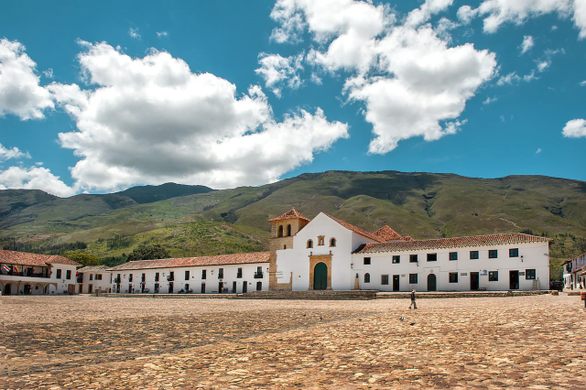
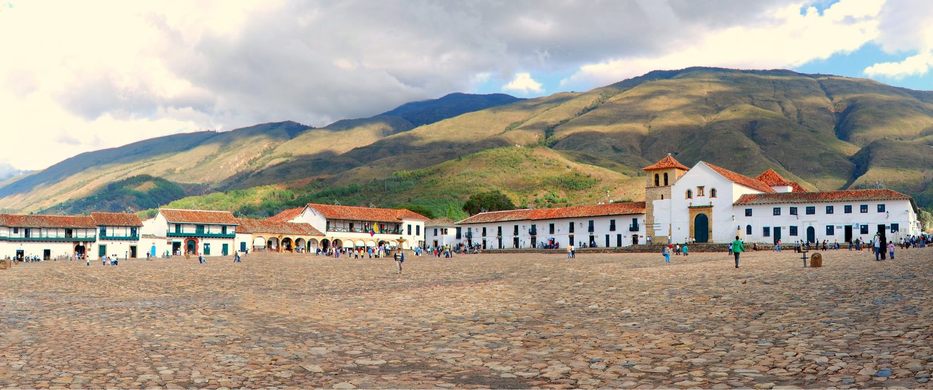
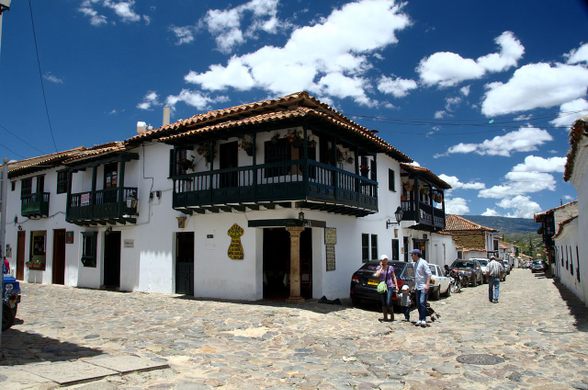
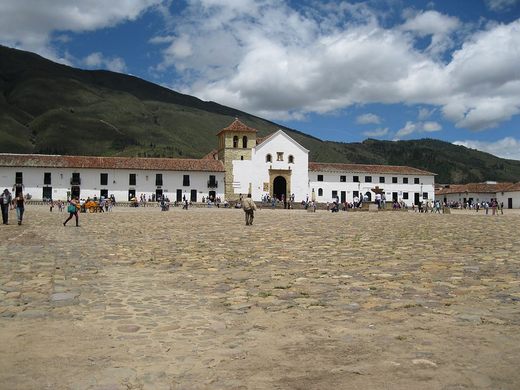
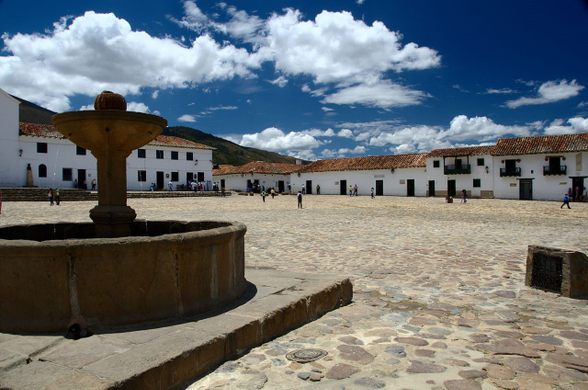








Follow us on Twitter to get the latest on the world's hidden wonders.
Like us on Facebook to get the latest on the world's hidden wonders.
Follow us on Twitter Like us on Facebook